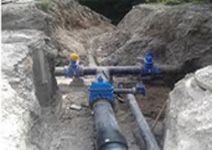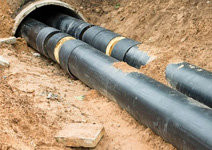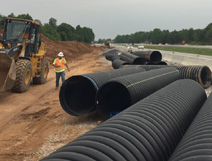Innovation In Every Design
-
-
MEP Design Engineering Services
We are 150+ specialists across marketing technology, strategy, service design
Innovation In Every Design
MEP Design Engineering Services
We are 150+ specialists across marketing technology, strategy, service design


Water supply system, infrastructure for the collection, transmission, treatment, storage, and distribution of water for homes, commercial establishments, industry, and irrigation, as well as for such public needs as firefighting and street flushing

Sewerage is the infrastructure that conveys sewage or surface runoff (storm water, melt water, rainwater) using sewers. It encompasses components such as receiving drains, manholes, pumping stations, storm overflows, and screening chambers of the combined sewer or sanitary sewer. Sewerage ends at the entry to a sewage treatment plant or at the point of discharge into the environment. It is the system of pipes, chambers, manholes, etc. that conveys the sewage.

In urban environments there are many hard surfaces such as roofs, roads and footpaths that prevent rain from soaking into the ground. Storm water is the water that flows on surfaces after rain.
Storm water often flows from property drains to street gutters operated by local councils. Sometimes these drains connect to our large channels, pipes and creeks. This forms the trunk drainage system.
Storm water is a highly valuable resource that can enhance the live ability, sustainability and resilience of cities. We work with councils to:

District cooling systems produce chilled water, steam or hot water at a central plant and then pipe that energy out (either underground or over rooftops) to buildings for air conditioning, space heating and water heating. As a result, these buildings don’t require their own chillers, air conditioners, boilers or furnaces.
They are considered to be highly efficient to address each of the challenges like high Capital and operating costs, reliability, flexibility and environmental sustainability while meeting their comfort and process cooling and heating needs.
District cooling uses only 50% of primary energy consumption for cooling urban building n compared to other cooling systems. This also reduces carbon emissions.
